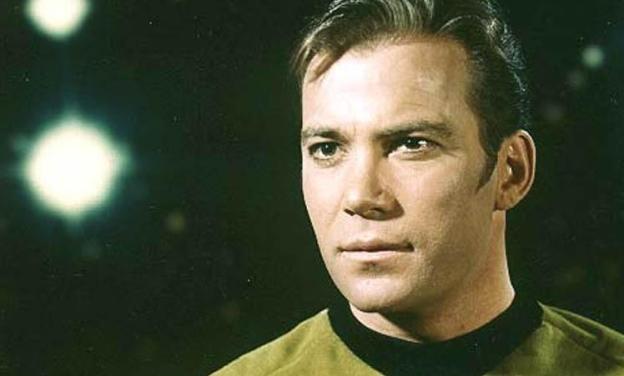
Barring any unforeseen problems, this Sunday will see NASA’s Curiosity rover touch down on the surface of Mars. The nuclear-powered machine cost $2.5 billion to construct and NASA has high hopes for Curiosity. The landing “could arguably be the most important event in the history of planetary exploration,” said NASA’s Doug McCuistion in a recent Cnet article. “It truly is a major step forward, both in technology and in potential science return and science capability to unlock the mysteries of Mars in places that have never been accessible to humankind in the past.”
That’s all well and good, but NASA is well aware that it is still fighting an uphill battle to capture the imagination of the average person. Thus, in an effort to preemptively promote Curiosity’s landing, the Agency has released two vignettes with very special guests offering narration: William Shatner and Wil Wheaton.
If you’re reading this site, we feel pretty safe in assuming that you know who Shatner and Wheaton are. It’s not even a matter of being a “geek” so much as having been aware of any aspect of pop culture over the past three decades. Shatner is arguably the most iconic captain in the history of the massive Star Trek franchise and Wil Wheaton, along with half a billion other hyper-geeky projects, spent seven years as the young Wesley Crusher on Star Trek: The Next Generation. Regardless of your thoughts on Star Trek as an object of entertainment, you can’t argue that the series, its characters, and the actors who portray them are eternally linked in mankind’s collective consciousness to the most basic idea of space exploration.
In short, since reviving Carl Sagan for a spot of voice work is out of the question, they’re the perfect choice to narrate clips of NASA’s newest, coolest technology.
As for the clips themselves, which NASA has dubbed “Grand Entrance,” they offer a little over four minutes of footage covering the immense amount of preparation NASA put into the Curiosity rover prior to blasting it into space, as well as a computer-generated walkthrough of what the machine will be doing on the Martian surface. It’s not quite as impressive as this recent montage of images captured by the International Space Station, but for what is effectively a teaser reel it does a solid job of inspiring viewers. Granted, that’s almost certainly the result of Captain Kirk describing everything on screen, but that’s less NASA’s fault and more the result of years of being inundated with Shatner’s most famous character in any situation even remotely linked to space.
Don’t get us wrong, we love Shatner’s voice over work here, but at the same time we’re drawn to Wheaton’s as it’s far less on the nose. You can view both versions of the Grand Entrance clip below (Shatner at top, Wheaton at bottom), so feel free to make your own decision.
Well, unless that decision is Patrick Stewart. Yes, he’s great and we all love him, but that wasn’t one of your options, was it?


